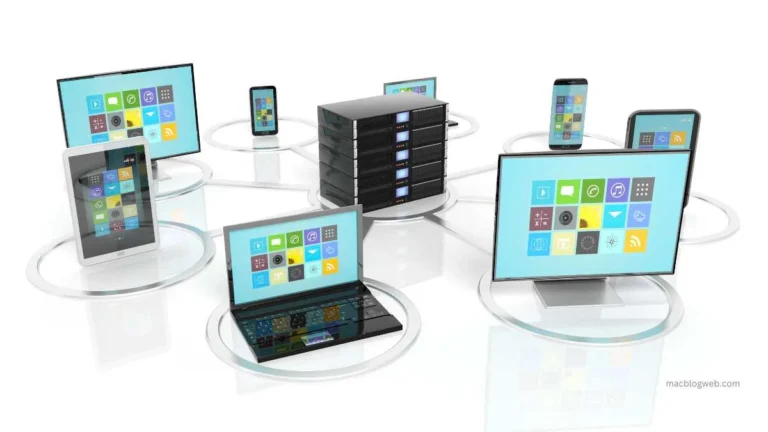Encountering the dreaded “Recovery Server Could Not Be Contacted” error message on your Mac can be a frustrating experience, particularly when you’re in need of system recovery or macOS installation. This error typically indicates a communication issue between your Mac and Apple’s servers, potentially stemming from network connectivity issues or incorrect system settings. In this comprehensive guide, we’ll delve into the causes of this error and provide detailed solutions to resolve it effectively.
Understanding the Error
Before diving into troubleshooting methods, let’s grasp the significance of the “Recovery Server Could Not Be Contacted” error. This error message commonly appears when attempting to access macOS Recovery, a vital feature allowing users to reinstall macOS, troubleshoot problems, or restore from backups. When your Mac fails to establish a connection with Apple’s recovery servers, it impedes your ability to perform essential system maintenance tasks.
Causes of the Error
Several factors can trigger the “Recovery Server Could Not Be Contacted” error on your Mac. Understanding these underlying causes is pivotal for implementing targeted solutions. Common culprits include:
- Temporary Server Issues: Occasional server downtime or maintenance activities on Apple’s end may disrupt communication with your Mac, resulting in the error message.
- Network Connectivity Problems: Insufficient or unstable internet connectivity prevents your Mac from reaching Apple’s servers, hindering the recovery process.
- Incorrect System Settings: Misconfigured time and date settings on your Mac can lead to authentication failures when attempting to connect to Apple’s servers.
Troubleshooting recovery server could not be contacted Steps
Now, let’s explore a series of systematic troubleshooting steps to address the “Recovery Server Could Not Be Contacted” error on your Mac:
1. Verify Internet Connectivity
Start by ensuring that your Mac is connected to the internet. Follow these steps:
- Click on the Wi-Fi icon in the top-right corner of your screen to view available networks.
- Connect to your Wi-Fi network and ensure a stable internet connection.
- Test internet connectivity by accessing websites or services on other devices connected to the same network.
2. Check Time and Date Settings
Incorrect time and date settings can impede communication with Apple’s servers. Here’s how to verify and adjust these settings:
- Navigate to System Preferences > Date & Time on your Mac.
- Check the box next to “Set date and time automatically” to synchronize your Mac’s clock with Apple’s time servers.
- If the option is already enabled, consider disabling and re-enabling it to force a refresh of the time settings.
3. Retry macOS Recovery
After confirming internet connectivity and adjusting time settings, attempt to access macOS Recovery again. Restart your Mac and hold down the Command (⌘) + R keys during startup to initiate macOS Recovery mode. If the error persists, proceed to the next step.
4. Manual macOS Installation via USB
If traditional macOS Recovery methods fail to resolve the issue, consider reinstalling macOS manually using a USB drive. Follow these steps:
- Visit Apple’s official website or use another Mac to download the macOS installer.
- Create a bootable macOS installation USB drive using Disk Utility or third-party software.
- Restart your Mac and hold down the Option (⌥) key while it boots up to access the Startup Manager.
- Select the USB drive containing the macOS installer and follow the on-screen instructions to reinstall macOS.
5. Contact Apple Support
If you’ve exhausted all troubleshooting options and continue to encounter the error, it may indicate a more complex issue requiring assistance from Apple’s support team. Contact Apple Support or visit an authorized service provider for further diagnosis and resolution.
Conclusion
In conclusion, the “Recovery Server Could Not Be Contacted” error on your Mac can disrupt essential system recovery and maintenance processes. By following the comprehensive troubleshooting steps outlined in this guide, you can identify and resolve the underlying causes of this error, restoring your Mac’s functionality and ensuring seamless access to macOS Recovery features. Whether addressing network connectivity issues, adjusting time settings, or resorting to manual macOS installation methods, proactive troubleshooting can effectively mitigate this error and enhance your Mac’s overall reliability and performance.
